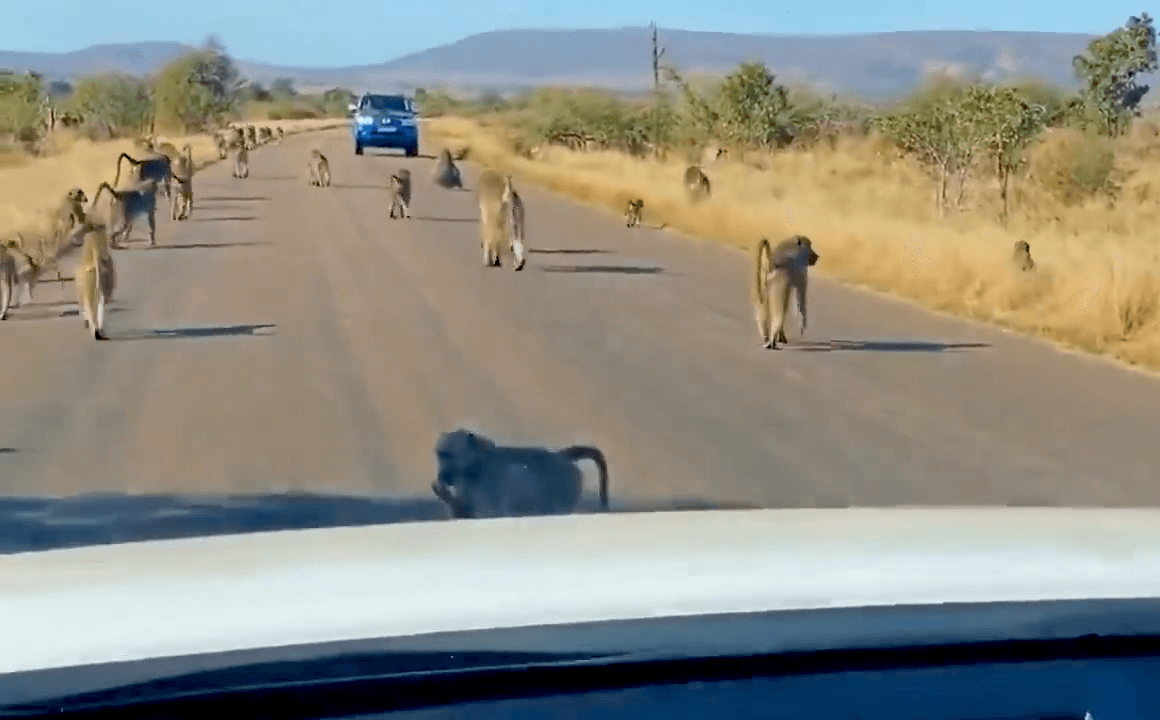
Hunting in Ogooué-Ivindo, Gabon: Geography and Hunting Seasons, Laws and Legislation, Hunting Communities in Gabon Natural Features of Gabon Region Ogooué-Ivindo, located in northeastern Gabon, spans approximately 46,075 km², making it the country's largest and most sparsely populated province. The region is characterized by vast tropical rainforests, intersected by the Ogooué and Ivindo rivers. Notable geographical features include Mont Bengoué, Gabon's highest peak at 1,070 meters. The province is home to Ivindo National Park, a UNESCO World Heritage Site renowned for its biodiversity, including species such as forest elephants, gorillas, and sitatungas. Demographics of Ogooué-Ivindo As per the 2013 census, Ogooué-Ivindo had a population of approximately 63,293. The region is inhabited by various ethnic groups, including the Fang, Kota, and Kwele. While specific data on the number of hunters is not readily available, hunting remains a traditional practice among these communities
Post: 29 July 19:21
















































